The Growing Burden of Documentation
For women’s health providers, documentation is more than a necessity—it’s a full-time job.
Every appointment, whether it’s a prenatal visit, fertility consult, or post-operative check, generates detailed records that must be coded, reviewed, and stored in the EHR.
OB/GYNs spend up to 40% of their day documenting patient encounters, responding to refill requests, and managing forms. That’s time taken away from direct patient care—and it’s a leading cause of burnout.
AI is changing that equation by helping women’s health practices drastically reduce documentation time without compromising accuracy or compliance.
Where AI Saves Time in Documentation
AI doesn’t just speed up typing—it transforms how information flows across the clinic. Here’s how women’s health teams are using AI to regain efficiency:
- 1. Automated Note Preparation
AI listens during visits or analyzes encounter data to generate accurate SOAP notes, leaving providers to review and sign rather than write from scratch. - 2. Structured Charting Support
Intelligent systems pull in lab results, vitals, and previous visit notes to populate fields automatically, minimizing manual entry. - 3. Prior Authorization and Form Completion
Instead of re-entering the same data, AI extracts and autofills patient and diagnosis details for prior auths and payer forms. - 4. Real-Time Dictation and Summarization
Providers can dictate naturally during the visit, while AI transcribes and formats notes based on OB/GYN-specific templates. - 5. EHR Optimization
Modern AI tools integrate directly into EHRs, reducing clicks, minimizing redundant tasks, and ensuring that all data syncs correctly.
Each of these automations adds up—often saving one to two hours per provider per day.
Why Women’s Health Workflows Need Specialized AI
Generic note-generation tools may work for basic primary care, but OB/GYN documentation involves far more nuance.
Terms like gravida, parity, LMP, IUD insertion, and fetal monitoring require medical understanding to be recorded accurately.
AI trained on women’s health data ensures clinical notes are contextually correct, reducing the need for manual review and corrections. That’s why specialty-specific automation delivers better results than one-size-fits-all software.
The Measurable Impact of AI Documentation
Early adopters in women’s health are already seeing tangible results from AI-assisted documentation:
- Up to 70% reduction in documentation time per visit
- Faster chart closure rates, improving billing turnaround
- Lower provider burnout and higher job satisfaction
- Fewer errors and improved coding accuracy
- Enhanced patient communication due to freed-up time for follow-ups
With less time spent typing and correcting, providers can focus more on connection and clinical outcomes.
Why Honey Health Leads in Documentation Automation
Honey Health’s AI platform combines clinical intelligence with workflow automation built specifically for healthcare operations. For women’s health practices, it helps:
- Auto-generate visit notes from dictation or transcripts
- Autofill data into prior authorization and referral forms
- Sync structured information directly into the EHR
- Track progress with dashboards showing time savings and efficiency gains
Honey Health’s AI isn’t just about speed—it’s about accuracy, integration, and trust. Providers retain full control over every note, ensuring compliance and clinical precision while eliminating repetitive data entry.
From Overload to Efficiency
Documentation has long been an invisible tax on women’s health providers. But with AI automation, that burden is finally being lifted.
The right platform doesn’t just save time—it empowers clinics to run more efficiently, see more patients, and reduce burnout across teams.
With Honey Health, OB/GYN and reproductive care providers can finally focus on what they entered medicine to do: deliver exceptional care, not endless paperwork.

